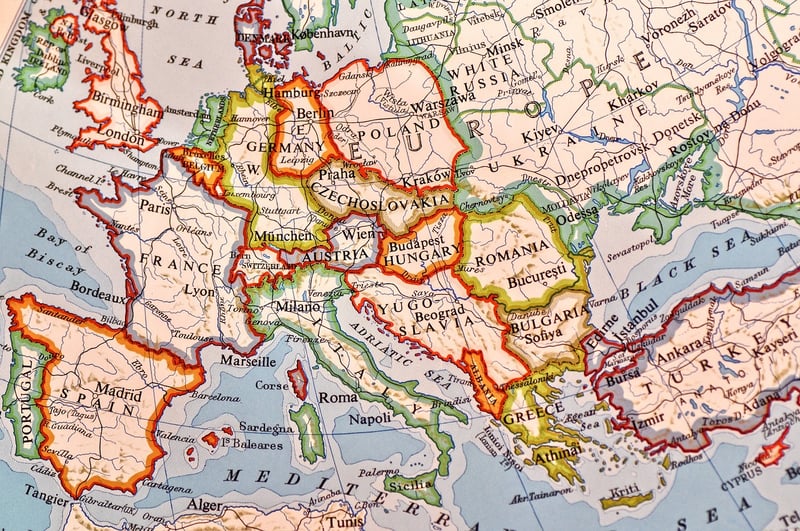Temporal Maps
Understanding Temporal Maps: Tools and Information
Temporal maps are powerful tools that allow individuals and organizations to visualize and analyze data over time. These maps provide a dynamic way to explore temporal trends, patterns, and changes spatially. By incorporating the time element into traditional maps, temporal maps offer a deeper understanding of how phenomena evolve over different time periods.
Benefits of Temporal Maps:
- Identify trends and patterns over time
- Track changes and events chronologically
- Visualize historical data in a spatial context
- Support decision-making processes
Popular Tools for Creating Temporal Maps:
How to Create a Temporal Map:
- Choose a suitable mapping tool based on your needs.
- Import or input your spatial data along with the time component.
- Customize the map style, layers, and time parameters.
- Explore and analyze the temporal patterns in your data.

Whether you are studying historical trends, tracking natural phenomena, or analyzing demographic changes, temporal maps offer a valuable perspective on how data evolves over time. By leveraging the right tools and information, you can harness the power of temporal mapping for research, planning, and decision-making.
Explore the dynamic world of temporal maps and unlock new insights into the temporal dimension of spatial data!
